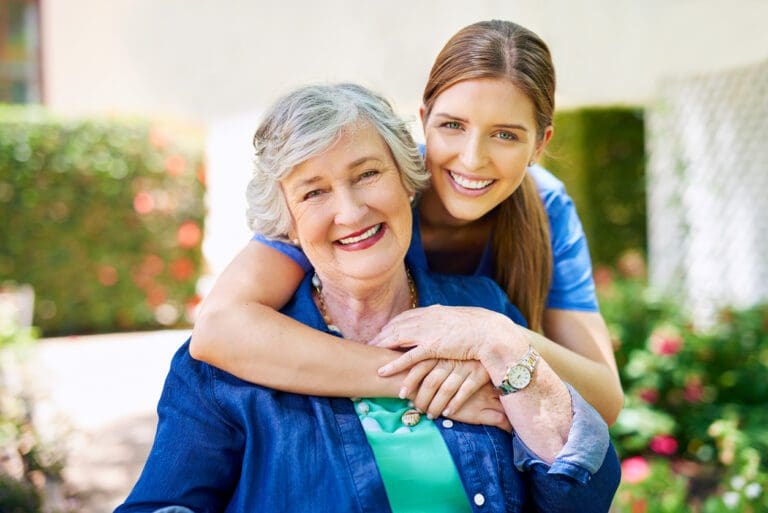Compromise

Art Of Compromise
Noah – Lisa’s Dad
Creative compromising involves innovative and flexible problem-solving strategies that allow all parties involved to find mutually beneficial solutions to conflicts. This approach prioritizes understanding and integrating diverse needs and preferences, enabling effective collaboration, and maintaining relationships while achieving a balance of interests.
Lisa had to get extremely creative in finding a compromise with a dad that was not willing to change.
Navigating the rigid landscape of her father’s preferences and routines required Lisa to tap into a wellspring of creativity and patience she never knew she possessed. Her father’s aversion to change, a trait that had been a constant backdrop to her childhood, became a towering challenge in their shared household. Lisa felt she was walking on eggshells with her dad when she wanted to change anything. This dynamic grew worse as he aged.
“I cannot believe you moved the side table.” or “Your hair was wonderful the way it was, why change” were kind of statements that everyone around dad was accustomed to.
He would always end those tirades with his favorite pet phrase, “Don’t change what works!”
Living under Lisa’s roof, he clung to the expectations set by a lifetime of being pampered, expecting her to mirror her mother’s attentiveness to his every need. “Your food doesn’t taste like your mom’s,” he would lament, his words a sharp reminder of the culinary shadow she lived under. The way she folded clothes, too, became a subject of critique, his dissatisfaction a steady hum in the background of their daily life.
His staunch refusal to consume leftovers was perhaps the most emblematic of his inflexibility. “I would rather starve than eat yesterday’s leftovers,” he’d declare, a stance that led to numerous “hunger strikes” and left Lisa in a quandary.
The breakthrough came when she devised a plan to freeze the leftovers, presenting them as freshly cooked meals a week later. This sleight of hand, while deceptive, was a testament to her resolve to find middle ground, even if it meant bending the truth for the sake of harmony.
The precision of her father’s daily schedule was another battlefield labeled “NO Compromise Zone”. His demand for punctuality, especially for appointments, social gatherings, and even for time dinner was served at home.
After a busy and stressful day at work, his words “You said dinner would be at 8:00pm, I am here at the table, and you are still cooking.” pushed her over the edge. “Dad, I can’t do this!” and walked away for ten minutes.
As she took a deep breath and looked towards the beautiful sunset on the horizon, inspiration struck her as lightning.
She went back in and saw dad in front of the TV. She turned off the TV and said “We need to talk. From here on out, I will always give you a range of time and you can expect me to be in that range. I will not be giving you an exact time anymore. Will that work for you?” Lisa’s voice was commanding “Yes” as an answer.
This became a t**l to diffuse potential conflicts, a linguistic cushion that softened the edges of their interactions.
In these creative compromises, Lisa found a way to navigate her father’s rigidity, transforming potential clashes into moments of uneasy peace. Each adaptation, each small victory in the face of unwavering resistance, was a testament to her ingenuity and her deep-seated love for a father who viewed the world through a lens of unyielding constancy.

Finding Harmony in the Kitchen
Audrey and Liz’s Story
Audrey had observed that her mother, Liz, was especially set in her ways, particularly when it came to cooking. Every family meal had to be prepared just so, and Liz’s insistence on sticking to traditional recipes left little room for innovation. Liz’s way of cooking involved hours of preparation that Audrey and Monica could not afford. This rigidity became a challenge when Audrey and her sister, Monica, moved back home to help care for Liz after her surgery.
One evening, Audrey broached the idea of a change. “Mom, how about we try a new recipe tonight? I’ve found this great lasagna with a twist.”
Liz frowned, her brow furrowing in disapproval. “Why change something that works? Our family lasagna recipe is fine.”
Audrey took a deep breath, trying to stay patient. “I know it’s great, Mom, but trying something new could be fun. How about we make it together? If you don’t like it, we won’t do it again.”
Liz hesitated, a mix of skepticism and curiosity in her eyes. “Alright, but I’m not making any promises.”
As they cooked, Audrey noticed how Liz began to relax, enjoying the process of trying something new. The meal, usually made following a strict routine, was finished faster and they could sate their hunger earlier.
When the lasagna was finally ready, they all sat down to eat. Liz took a cautious bite, her expression unreadable at first. Then, to Audrey’s surprise, a small smile appeared. “This is actually quite good,” Liz admitted, surprising herself more than anyone else.
Monica chimed in, her eyes twinkling with mischief. “See, Mom? A little change can be a good thing.”
From that day on, Liz became more open to trying newer, quicker recipes, making their kitchen a place of creativity and collaboration. It wasn’t just about the food; it was about the renewed bond between them. Audrey and Monica realized that their mother’s rigidity was less about the recipes and more about the comfort and control they provided in uncertain times. Slowly, they all learned that change, while daunting, could bring unexpected joy and connection.

A Different Kind of Christmas
Evan and His Parents’ Story
Evan had always found Christmas to be a time of joy and togetherness, but his parents, Sophia and Clark, had very different ideas about how the holiday should be celebrated. Sophia loved the traditional decorations and rituals, while Clark preferred a more modern, minimalist approach. The tension between them often made the holiday stressful.
One year, Evan decided to take matters into his own hands. “Mom, Dad, I have an idea for Christmas this year. How about we mix both of your styles? We can keep some of the traditional decorations but also add some new ones.”
Sophia looked skeptical. “I’m not sure about that, Evan. I like things the way they are.”
Clark nodded. “And I prefer a simpler approach. Mixing them might just make it worse.”
Evan smiled, trying to reassure them. “Let’s give it a try. We’ll start with a few decorations and see how it feels. If it doesn’t work, we can always change it back.”
Reluctantly, they agreed. Over the next few days, Evan helped them combine their styles. They kept the traditional tree but added modern ornaments, mixed classic red and green with sleek silver and gold, and incorporated some new traditions like watching a modern Christmas movie.
On Christmas Eve, as they sat together admiring their handiwork, Sophia admitted, “This actually looks quite nice.”
Clark agreed, “It’s different, but I like it.”
Evan felt a sense of accomplishment. “I’m glad we could find a way to make it work for everyone.”
The new blend of traditions brought a fresh sense of harmony to their celebrations. It taught them that compromise could lead to a more enriching experience, and they all appreciated the holiday season even more.
Through these experiences, Audrey and Evan learned the art of compromise, finding creative solutions that respected their parents’ preferences while introducing new possibilities. This balance brought a sense of peace and cooperation to their families, making their lives more harmonious and fulfilling.


